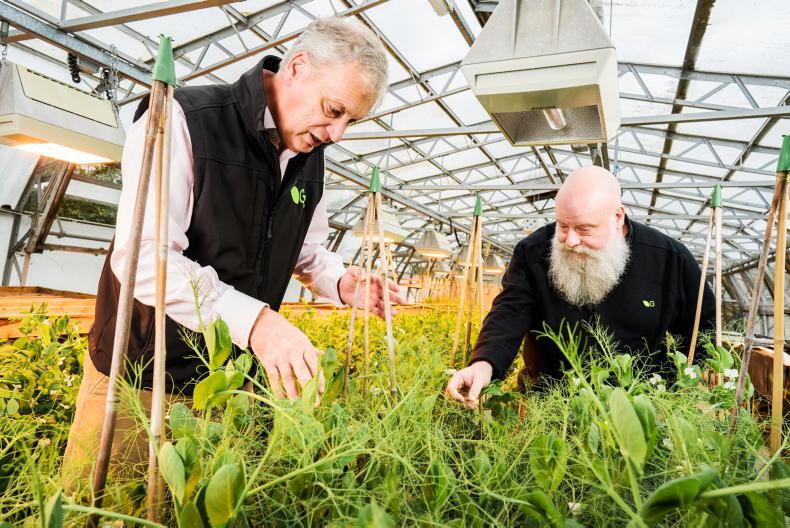The ‘cessation’ of log imports from Scotland into Ireland, following the finding of the larch bark beetle at a port in Cork recently, has thrown out a challenge to private forest owners to supply sufficient timber to optimise the forestry and forest products sector.
Ironically, it was the discovery of the larch beetle, not the more virulent great spruce bark beetle, that led to the ban.
Private forest owners will see this as an opportunity to activate felling licences as demand for more homegrown timber is likely to increase, but by how much is difficult to assess.
The extent of log imports may have been exaggerated in recent years as the debate on the risk of spruce bark beetle infestation heightened.
While at most, three Irish sawmills depended on 300,000m3 annual log imports in the past, it is estimated that current annual requirements are less than 150,000m3.
Log prices
Realism is now called for by both sellers and buyers. The last time log prices were at an all-time high was during the pandemic, when prices for pallet material soared.
This coincided with a period of dramatically reduced sawn timber imports as the Swedish mills, in particular, sought lucrative markets elsewhere.
Those days are gone as low-priced Swedish timber imports are back in the Irish market, so there is little room for manoeuvre from sawmills, but they will require Irish timber to fill the Scottish shortfall.
Even if the future annual shortfall is 200,000m3, this has to be filled by certified quality sawlog material, which represents 7% of sawmill requirements.
Felling licences and certification
Based on the Council for Forest Research and Development, (COFORD) forecasts, Irish-grown timber can more than supply the timber processing sector.
However, growers, processors and the Department need to address issues such as felling licences and private forest certification, and the achievement of a viable annual afforestation programme of at least 8,000ha to ensure long-term log supply. This will require a unified response, which can be best achieved through the establishment of an independent State forestry development agency.
Such an agency would represent forest owners, forestry companies, contractors, timber processors and manufacturers as well as supporting the Department of Agriculture in negotiation at national and EU levels.










SHARING OPTIONS